Introduction
Situated within the scenic backdrop of the 13th China International Garden Expo Park in Xuzhou, the Dangkou Hotel stands as a beacon of architectural innovation and environmental harmony. Designed by CCTN Design, this hotel seamlessly integrates with the surrounding landscape, offering visitors a unique and eco-friendly retreat experience.
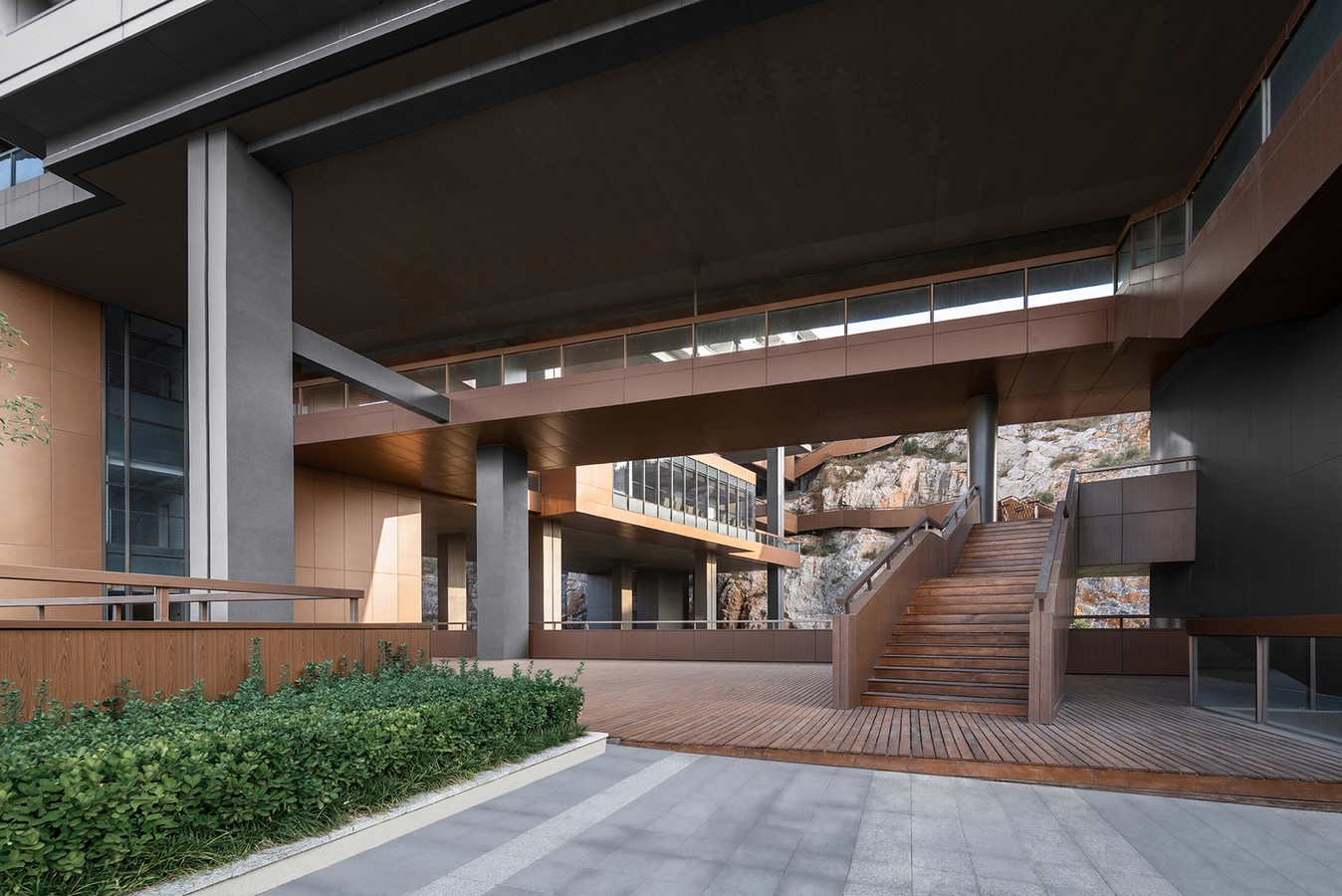
Project Positioning
The Dangkou Hotel is envisioned as a vital supporting facility for the garden expo, emphasizing principles of “green and innovation.” Its design aims to maximize the utilization of natural resources while restoring the mountainous terrain, creating a symbiotic relationship between architecture and the Dangkou landscape.

Design Philosophy
Drawing inspiration from the natural elements of mountains and lakes, the design philosophy of the Dangkou Hotel embodies a poetic vision of harmonious coexistence. Through suspended architecture and three-dimensional landscaping, the hotel blends seamlessly into its surroundings, offering guests a profound connection to nature.

Design Strategy
To address the challenging terrain and geological conditions of the site, the hotel is strategically divided into two terraces. The lower terrace accommodates parking and logistics facilities, while the higher terrace houses the lobby, dining areas, and guest rooms. By embedding guest rooms within the mountain contours, the design ensures both safety and a unique spatial experience for visitors.
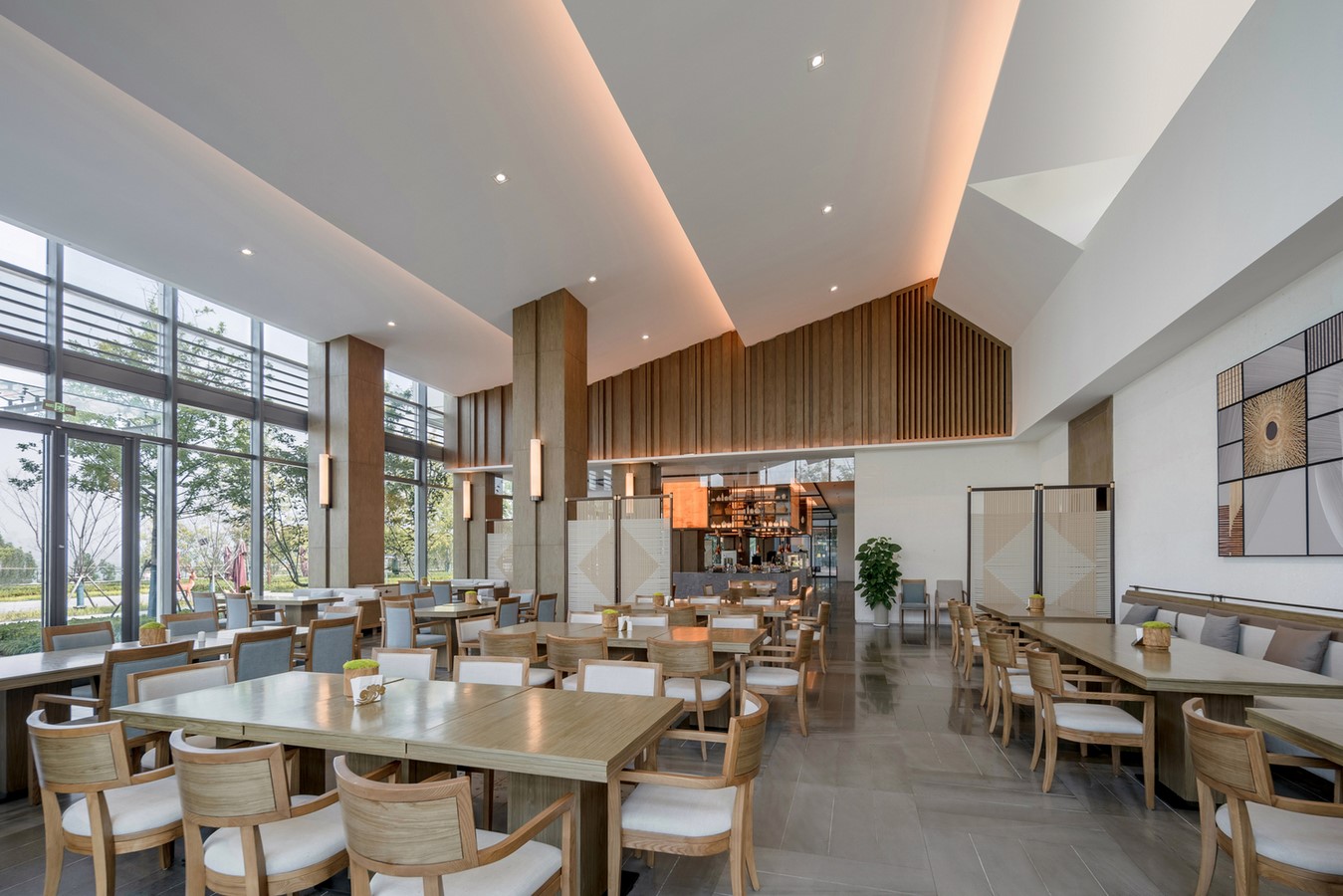

Elevated Design Approach
Employing an elevated design strategy, the architecture maximizes views of the surrounding landscape while preserving visual screening. Elevated spaces offer panoramic vistas of the lake and mountains, enhancing the overall guest experience. Additionally, an aerial coffee bar on the fifth floor provides a tranquil setting for relaxation and socializing.
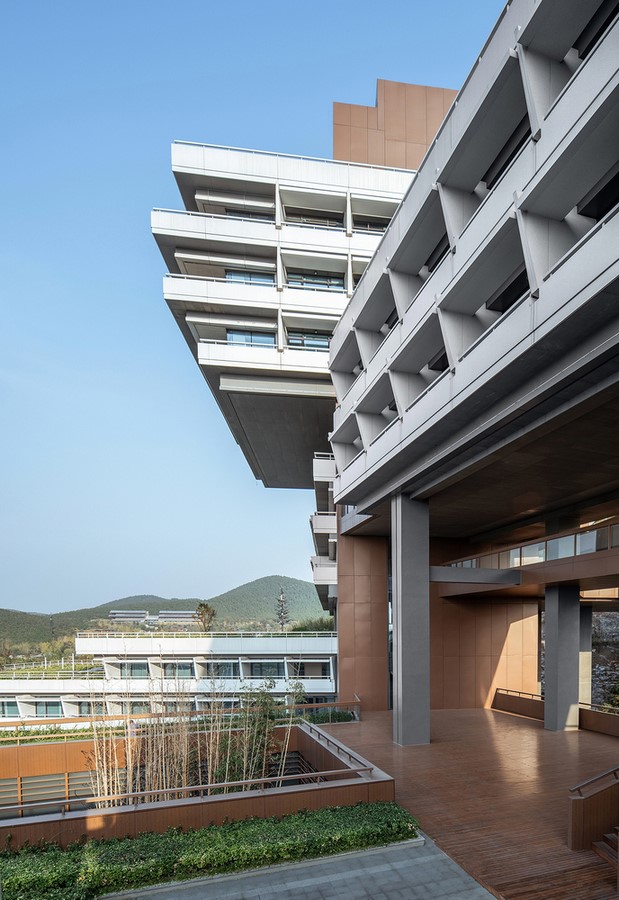
Integration and Collaboration
In a bold move, the design proposes integrating Dangkou Hotel with a neighboring themed hotel, optimizing space utilization and reducing operating costs. By blasting away the ridge separating the two hotels, a seamless connection is established, allowing shared functions and facilities.
Technical Methods
The structural design of the hotel incorporates advanced techniques to ensure stability and sustainability. A combination of reinforced concrete core walls and steel framework minimizes structural elements while meeting green building standards. Technologies such as BIM and rainwater reuse systems further enhance the hotel’s environmental performance.
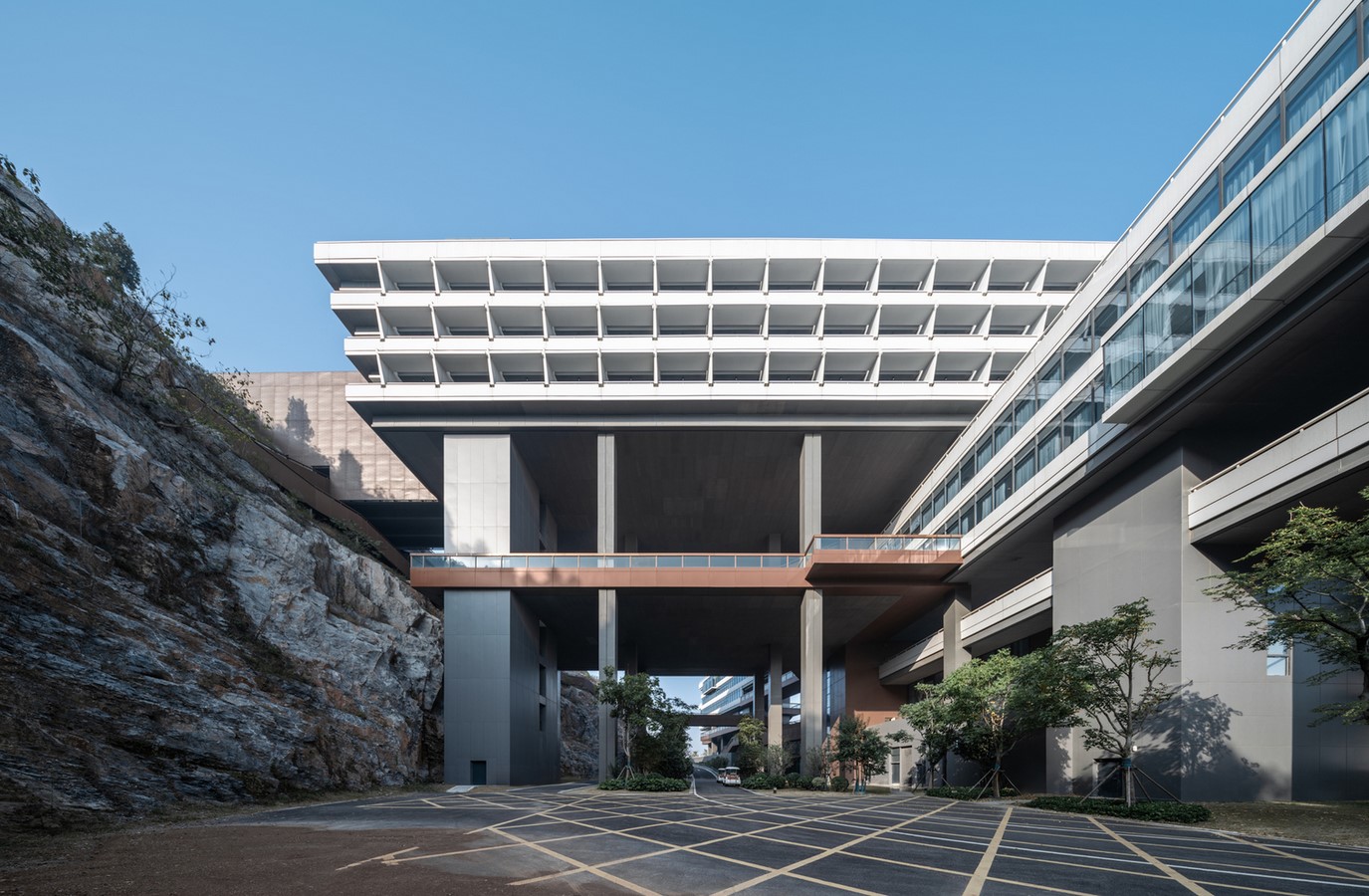
Conclusion
Xuzhou Garden Expo Park Dangkou Hotel epitomizes the fusion of architectural ingenuity and environmental consciousness. By embracing the natural landscape and employing innovative design strategies, the hotel redefines the relationship between humans and nature. It serves as a testament to sustainable architecture and a source of inspiration for future endeavors in eco-friendly hospitality.


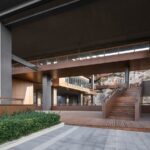




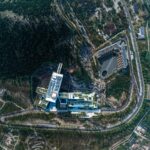







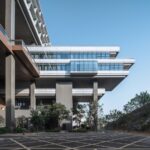
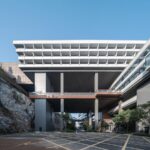


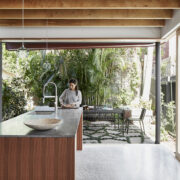

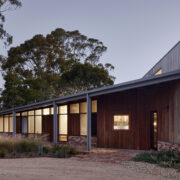
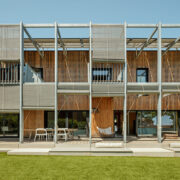




Comments